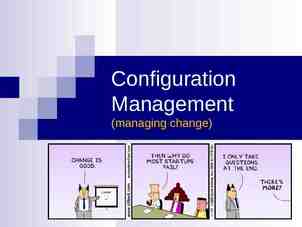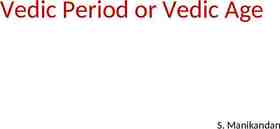STRATEGIC PLANNING Prepared by: Strategic Cancer Initiatives
25 Slides872.69 KB
STRATEGIC PLANNING Prepared by: Strategic Cancer Initiatives Aboriginal Health & Community Wellness Department of Health and Social Services October 2015
What we will do? Develop a strategic plan that is directly informed by our own wisdom and experiences
STRATEGIC PLANNING What’s this all about?
What is strategy? How an organization meets its needs and objectives Strategy helps to: – – – – – Establish priorities Choose actions Create a plan Allocate resources Be proactive
What is a strategic plan? A document that says why an organization exists, what it aims to do, and how it will do it It helps to focus the organization’s vision and priorities
Strategic planning does not Predict the future Replace good leadership and judgment Follow a smooth, straightforward process A strategic plan is a living document — you can adapt it as needed!
Steps: Assess Assess organizatio organizatio n n Develop Develop vision vision and and mission mission Monitor Monitor and and evaluate evaluate Assess Assess environmen environmen tt Implemen Implemen tt Write Write it it all down! all down! Agree Agree on on priorities priorities
Keys to effective strategic planning Focus only on the most important issues Be willing to question Produce a document
VISION What does success look like?
Questions Where do we want to go? What do we want to achieve? The Vision What do we want to be? What community do we dream of?
MISSION Why do we exist?
Our reason for being Communicate to the world what we do and why Different from goals or objectives Balance the head and the heart—inspire!
ASSESSING OUR ENVIRONMENT Where do we find ourselves?
SWOT External Internal Strengths Weaknesses What do we do well? What internal resources do we have (knowledge, reputation, skills, things)? Opportunities What could we do better? What do we lack? Do we have limited resources? SW OT What opportunities can we take advantage of? Is there a great need for services we can provide? Threats Do we have any competitors? Do we face any challenges that make it hard for us to do our work?
Questions How do we use our strengths to take advantage of opportunities? How How do do we we overcome overcome our our weaknesses weaknesses to to take take advantage advantage of of opportunities? opportunities? SWOT How How do do we we overcome the overcome the weaknesses weaknesses that that make make us us vulnerable vulnerable to to threats? threats? How do we use our strengths to make us less less vulnerable vulnerable to threats?
SETTING PRIORITIES How can we be most effective?
Easy to do Difficult to do Impact-Effort Grid How? Now Wow! Low impact High impact
GOALS & OBJECTIVES How does it all fit together?
Goals vs. Objectives Goal A greater purpose A long-term outcome May not be easy to measure [Example: Support NWT residents to make healthy lifestyle choices that reduce their risk of cancer.] Objective A specific, short-term action that will contribute to achieving a goal Must be measurable [Example: Create a website with accurate and current information about cancer risk factors.]
SMART objectives Specific – Who? What? Where? How? Measurable – How many? How can this be measured? Achievable – Is it possible? Realistic – Is it possible given our time and resources available? Timebound – When? Each objective should be written in precise terms that leave no room for misinterpretation. [Example: Within 12 months, we will team with the local health centre to recruit at least 20 men and women for colorectal cancer screening.]
NEXT STEPS What now?
Moving forward Produce a document Develop an action plan and implement Monitor and evaluate Share progress Review and revise Share Your new strategic plan will help to guide you in the difficult decisions you have to make as a committee —it will help you to identify the activities that best fit with your vision, mission, goals, and objectives.
Good luck!






























